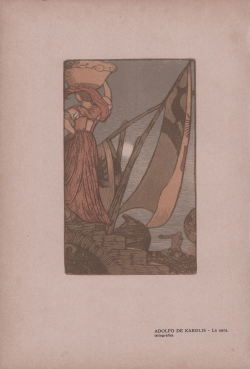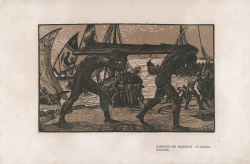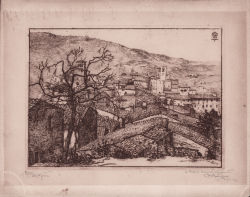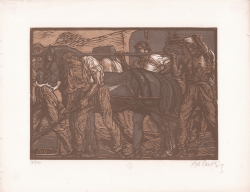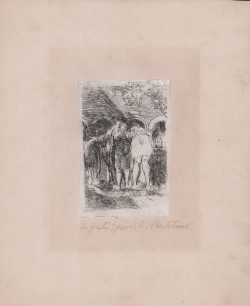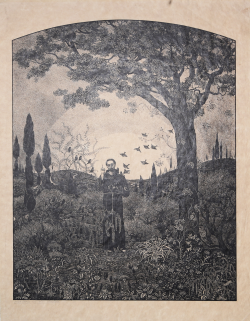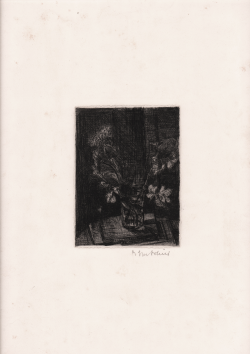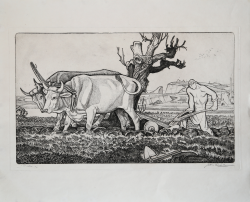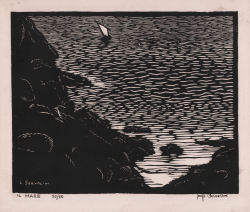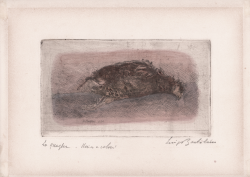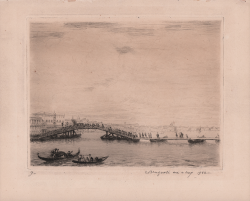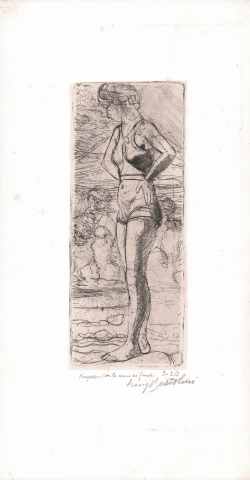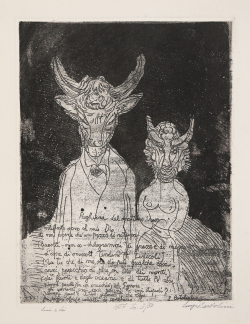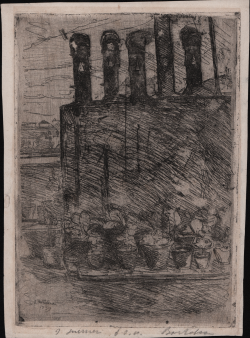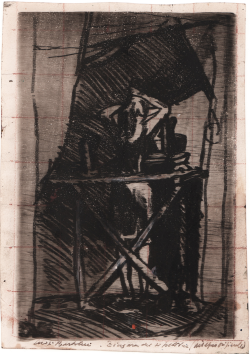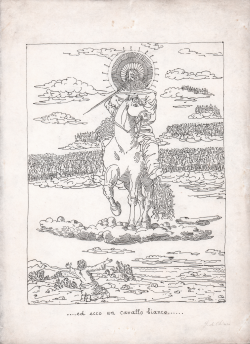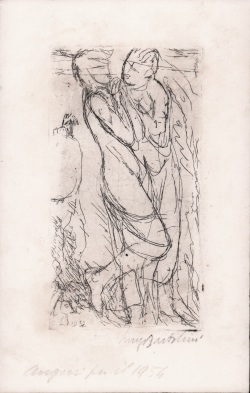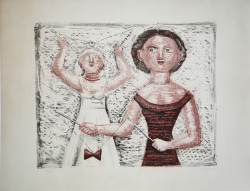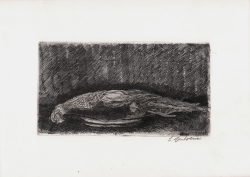XX Century - Italian School
XX Century - Italian School
Sort by:
Showing 1-20 of 26 item(s)
Adolfo DE CAROLIS
Code:
S42304
Measures:
100 x 165 mm
Year:
1908
Adolfo DE CAROLIS
Code:
S42303
Measures:
190 x 135 mm
Year:
1908
Pier Luigi Bartolucci-Alfieri
Code:
S46551
Measures:
235 x 170 mm
Year:
1922
Adolfo DE CAROLIS
Code:
S42118
Measures:
325 x 250 mm
Year:
1923
Luigi Bartolini
Code:
S42115
Measures:
85 x 125 mm
Year:
1924
Giovanni GUERRINI
Code:
S42772
Measures:
405 x 540 mm
Year:
1926
Luigi Bartolini
Code:
S42132
Measures:
125 x 165 mm
Year:
1930 ca.
Gustavo RODELLA
Code:
S42084
Measures:
500 x 315 mm
Year:
1930 ca.
Luigi Servolini
Code:
S42114
Measures:
225 x 200 mm
Year:
1930 ca.
Luigi Bartolini
Code:
S42506
Measures:
130 x 220 mm
Year:
1932
Emanuele Brugnoli
Code:
S42287
Measures:
230 x 185 mm
Year:
1932
Luigi Bartolini
Code:
S43516
Measures:
75 x 195 mm
Year:
1936
Luigi Bartolini
Code:
S42117
Measures:
250 x 330 mm
Year:
1937
Luigi Bartolini
Code:
S42507
Measures:
185 x 260 mm
Year:
1939
Luigi Bartolini
Code:
S42608
Measures:
153 x 224 mm
Year:
1940
Giorgio DE CHIRICO
Code:
S43969
Measures:
280 x 385 mm
Year:
1941
Luigi Bartolini
Code:
S42116
Measures:
118 x 152 mm
Year:
1950 ca.
Luigi Bartolini
Code:
S42505
Measures:
180 x 150 mm
Year:
1952 ca.
Massimo Campigli
Code:
S46045
Measures:
445 x 353 mm
Year:
1952
Luigi Bartolini
Code:
S46049
Measures:
230 x 125 mm
Year:
1954

